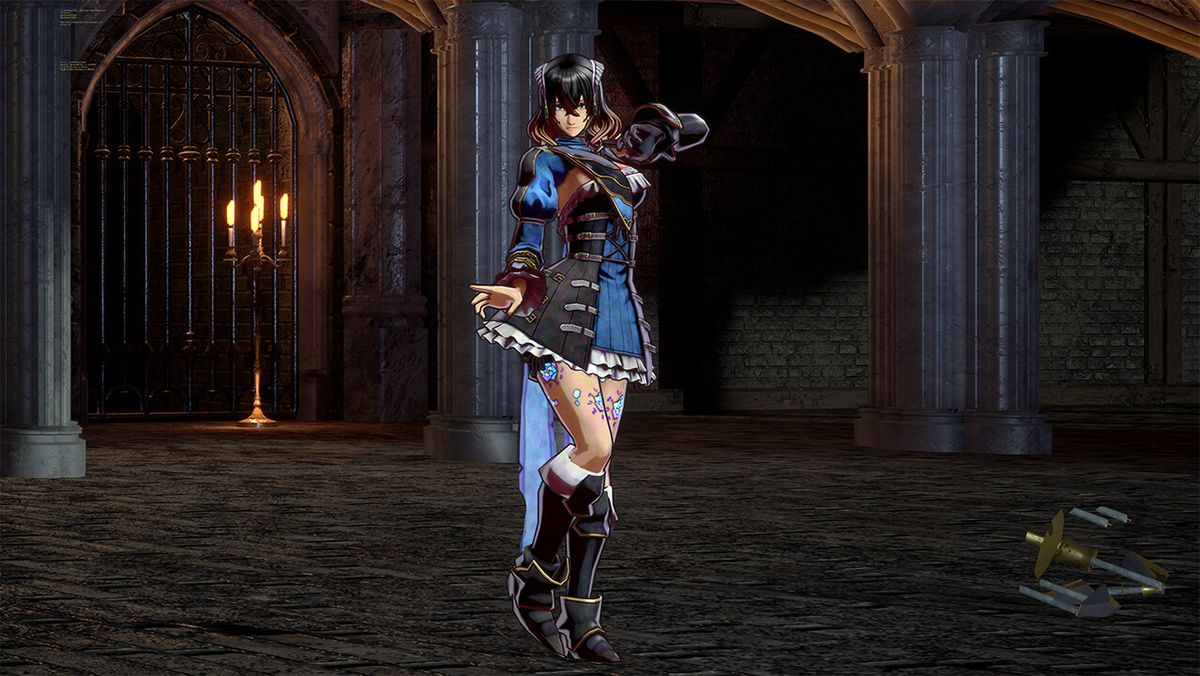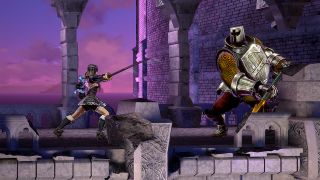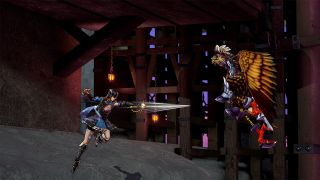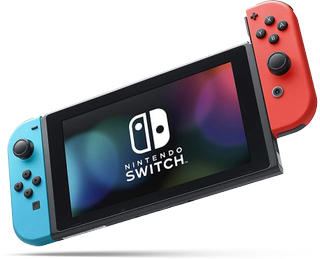Bloodstained: Ritual of the Night: Everything you need to know!

Bloodstained: Ritual of the Night is a new adventure from Koji Igarashi coming to Nintendo Switch that will look familiar to anyone who loved Castlevania: Symphony of the Night. Though the story focuses on a new protagonist in a world unrelated to that of the Castlevania games, the exact same sensibilities are all present. It's clear from the moment you pick it up that Igarashi wanted Symphony of the Night-lovers to be happy, though it's disconnected enough to welcome newcomers as well.
I went hands-on with a demo of Bloodstained: Ritual of the Night at E3 2018, traversing through the known demo from last year (the game's tutorial and first boss) and then a bit further into a village. Though the demo was a touch too easy, I got a good feel for how Bloodstained will play when it launches and can confirm: yup, it's just like Symphony of the Night.
What is Bloodstained: Ritual of the Night?
Bloodstained: Ritual of the Night began as a Kickstarter from Koji Igarashi, former lead producer on Castlevania and best-known for his work on Symphony of the Night. Now separate from Konami, Igarashi wanted to appease fans disappointed by Konami's abandonment of the style of Castlevania game he had made famous. Hence, Bloodstained.
Bloodstained is not a Castlevania game in name, but it may as well be in style. You play as Miriam, a young woman cursed with magical crystals embedded in her body. To lift the curse that will eventually kill her and stop an onslaught of demons, Miriam must travel through a dangerous castle and defeat her old friend, Gebel, at the heart of it.
Though the story is very different, the gameplay is very much the same as that of Symphony of the Night. Bloodstained is a Metroidvania platformer set in a demon-filled castle. Miriam, the protagonist, must puzzle and fight her way through it with an arsenal of familiar weapons such as whips, swords, and greaves. She can bust candles for items and money, slide around Alucard-style, and use a set of magical abilities to bring down stronger foes.
How do you play?

In control of Miriam, you'll at first be guided through some linear tutorial areas, but eventually make it to the far more open castle. Miriam can jump, backslide, and attack, and in the demo I played at E3 2018 she quickly gained a wide variety of weapons that had different uses. For example, I was able to use a quicker but slightly weaker short sword, or I could swap to the whip for slightly slower but wider-ranged attacks. With the ability to freely swap any time, you can choose the best tool for the type of enemy you're dealing with.
The world is full of traps and some puzzles, though most of the early ones I ran into were simple and just involved moving boxes or hitting switches. What made them more difficult was the swarm of enemies coming at me as I tried to solve them. Sure, you'll meet your slow and inefficient zombie-like enemies early on, but stronger and faster enemies will appear rather quickly. I didn't see any I specifically felt were Symphony of the Night rip-offs, but the same kinds of erratic movement and difficult-to-dodge ranged attacks will still appear.
Master your iPhone in minutes
iMore offers spot-on advice and guidance from our team of experts, with decades of Apple device experience to lean on. Learn more with iMore!
Perhaps most interesting was the boss fight I experienced at the end of my demo, which was on a scale I hadn't experienced in a 2D Castlevania game before. An enormous monster popped out of the water in front of the tutorial ship I was sailing on and fought me on the deck. Its attacks spanned the entire screen at times, necessitating careful dodges and liberal use of the magical abilities I had stolen from monsters. I beat it, but narrowly. Make sure you level up in Bloodstained and don't ignore the monsters around you--you'll be grateful when you hit a wall like this guy.
What was the demo like?

Igarashi promised Symphony of the Night, and that is exactly what we've got with Bloodstained. The game feels a bit slower than Symphony just in terms of movement speed, but otherwise, Miriam might as well be a smoother Alucard. With the same mechanics and feel, what's most interesting to me about Bloodstained is that it gives the opportunity for the beloved gameplay to find a home in a new, refreshed story. Years and years after Castlevania began the 2D game stories still tend to revolve around similar plotlines. Miriam, though humorless, presents a perspective far removed from the Belmonts and the rest, and seeing her story play out is a good motivation to pick Bloodstained up even if you never touched a Castlevania game.
The biggest difference between this and Symphony of the Night, aside from the story, is the game's difficulty. Unlike Symphony, Bloodstained gives the player a much gentler tutorial area to get their bearings in, but also unlike Symphony, immediately throws them into a very, very challenging boss fight. I'm not sure how indicative this is of the remainder of the game, as I didn't get much further past that fight before my demo time was up. But I'm hoping for the same kind of exploratory, combat, and platforming challenges that Symphony delivered so well once upon a time. Boss fights can be what they are, but the simplicity of the ship can't extend to Gebel's castle without making the game a total cakewalk.
When can we start fighting demons?
Bloodstained: Ritual of the Night is set for release on Nintendo Switch, but an official date has not yet been confirmed. Official pricing details have not yet been revealed.
Any questions?
Leave a comment if have any questions about Bloodstained: Ritual of the Night!













